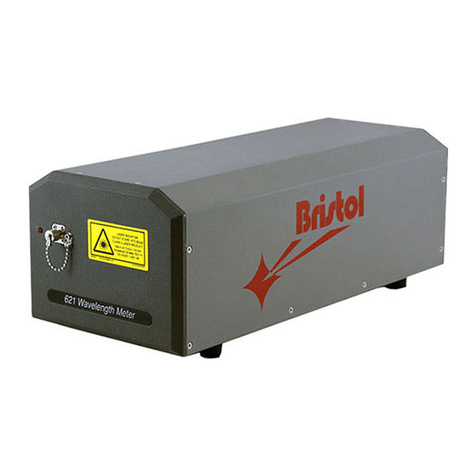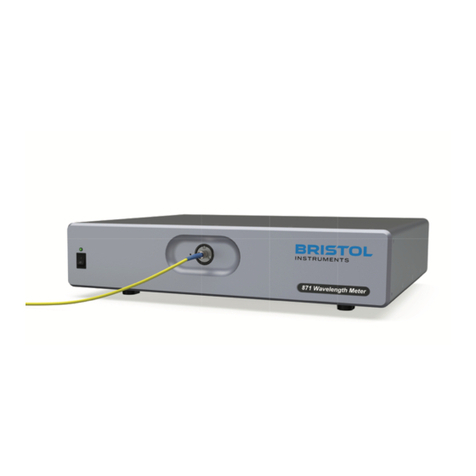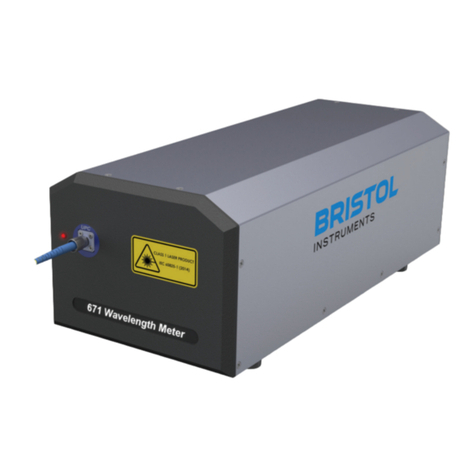1INTRODUCTION.......................................................................................................................4
Welcome....................................................................................................................................4
Safety Notices............................................................................................................................4
General Safety Considerations..................................................................................................5
Inspection ..................................................................................................................................6
2INITIAL INSTRUMENT SETUP ................................................................................................7
General......................................................................................................................................7
Power Supply Connections .......................................................................................................7
Signal Output Connections........................................................................................................8
3OPERATION .............................................................................................................................9
Start Up......................................................................................................................................9
Front Panel................................................................................................................................9
Optical Signal Input .................................................................................................................10
Front Panel Controls................................................................................................................11
Display Screens.......................................................................................................................11
Configuration Screens.............................................................................................................17
4OPTICAL SPECTRUM ANALYZER SOFTWARE.................................................................24
Software Installation ................................................................................................................24
Spectrum Screen.....................................................................................................................25
Function Descriptions..............................................................................................................26
Wavelength Screen .................................................................................................................31
Menu Function Descriptions....................................................................................................31
5REMOTE COMMUNICATIONS ..............................................................................................37
Communications Setup ...........................................................................................................37
SCPI Communications Scheme..............................................................................................40
SCPI Command Detail ............................................................................................................44
APPENDIX A –SPECIFICATIONS...............................................................................................62
APPENDIX B –WARRANTY & SERVICE ...................................................................................63
Warranty..................................................................................................................................63
Service.....................................................................................................................................63
APPENDIX C –CODE UPDATES ................................................................................................64
APPENDIX D –MONITOR PORT.................................................................................................65
APPENDIX E –TROUBLESHOOTING.........................................................................................66
APPENDIX F –SPECTRAL CALCULATION...............................................................................68
Declaration of Conformity...........................................................................................................69






























